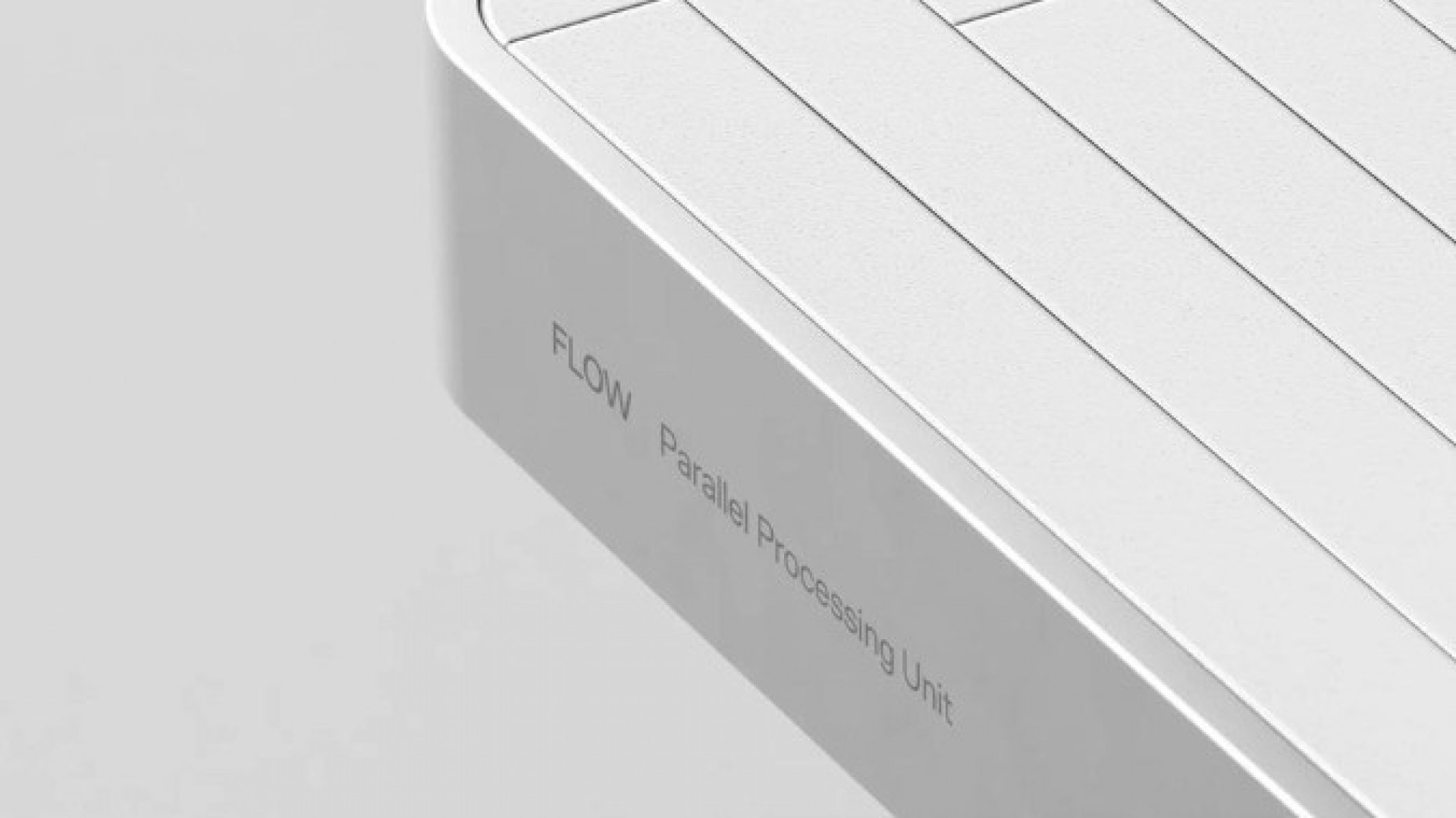It’s a fact: you get what you pay for. The same goes when buying SSDs. But choosing the right one isn’t as simple as trusting a spec sheet to really know how things will run in your stack. Sure, you could get a bunch of cheap drives from Amazon and make someone happy from a budgetary perspective. But when those drives fail under the stress of long-term 24/7 use, will everyone still be happy when you need to replace all of them?
Choosing the right enterprise-grade SSD means running real-world tests to see how well they’ll perform when rolled out into production. Tests and comparisons stress the drives to determine their failure limits, check their endurance and see if performance will change over time.
This two-part article will dive into the challenges and suggestions for building and running effective enterprise SSD tests; first from the perspective of hardware and getting your testing rig configured, then by examining how to compare benchmarks. In part 1 we ask: What are the hardware requirements for a test bed?
Real tests need real hardware
First, you can’t run adequate enterprise tests on a laptop, and anyone who says otherwise is misinformed. Your test bed must start with real-world data center hardware. This means a dedicated server with RAID controllers like those found in the data center.
If you’re buying a new test system, we’d recommend a 2U server running current-generation chipsets. If you plan on testing NVMe, select a motherboard that supports PCIe 4.0 as it’s backwards compatible with PCIe 3.0 drives and is ready for the newest generation of products. Based on the form factors, fill it up with a set number of SATA or NVMe drives configured for your RAID controller. You may also choose a high-bandwidth PCIe network card.
Steady state or BUST
When testing, it’s important to know that a drive’s performance will change over time. That’s why preconditioning prior to sequential and random workloads is critical. Both have their own standards for preconditioning and are extremely important to meet specs.
Once the drive is fully burned-in and filled, it will perform differently compared to a new drive fresh out of the box. It's therefore critically important to test a drive after it has been filled and is operating at a steady-state.
This may require developing specific scripts to help burn-in with appropriate data sets that match the use case. For example, if you use a lot of MySQL, PHP or Oracle, these databases create scripts that will fill the drive with an appropriate amount of data tables prior to running your OLTP benchmark workloads. If you use drives for virtual computing, precondition the virtual hard drive to ensure it reaches steady-state performance.
When it comes to hardware considerations, you need to remember that all tests must mimic real-world working conditions. From the steady state of a drive, to the system and components it plugs into, the only way to safely set up your tests for accurate results is to start with the hardware configuration that best matches your data center environment.
Check out part 2: How to test an enterprise SSD - What should you be testing for?














